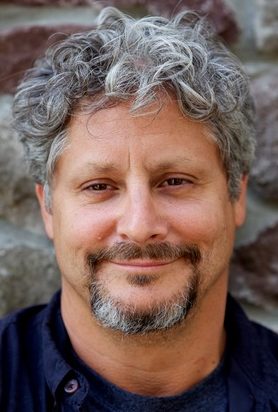By Victor Greto and Ken Kay; Sally Kestin contributed to this report.
With its sunny clime, international diversity and abundance of aviation schools, South Florida proved to be the perfect place for a small group of foreigners to settle in and train for the most horrific terrorist attack in U.S. history.
This was where federal investigators think Mohamed Atta and his comrades honed their pilot skills right up to three weeks before they apparently drove hijacked airliners into the World Trade Center and Pentagon on Tuesday.
“It’s hard to think of a better place to hide if you want to hide in the open,” said Mark Cavanaugh, a social psychologist at Nova Southeastern University. “We’re used to seeing a large tourist population of various ethnic groups here.”
As a crossroads of international cultures, South Florida would allow a group of foreign terrorists to plot their deeds virtually unnoticed and without fear of suspicion, authorities say. The state as a whole is the most diverse on the East Coast, except for New York.
“This is not just a place for Southerners or retiring New Yorkers or fleeing Cubans anymore,” said Charles Zelden, a historian at NSU. “It’s a magnet for the whole world, because this place accepts more difference because we are different.”
Part of the reason for that: Florida is one of the most accessible air travel points in the world, says Jerry Kolo, a professor of urban studies at Florida Atlantic University.
“We’re the entry or contact point for South and Latin America and the closest point to Africa,” he said. “All of these advantages also have their disadvantages. We are accessible to both good and bad people at affordable rates.”
As one of the major flight training centers of the nation, South Florida also offered major advantages for terrorists: the sunny weather and a smorgasbord of schools to learn everything from basic skills up to flying jet airplanes. There are 18 airports and about 35 flight schools between Homestead and Jupiter.
Officials think Atta received his basic training in Venice, then built on his experience at Lantana Airport and trained in a jet simulator at Opa-locka Airport.
At many flight schools, in Florida and around the nation, there is no screening process to detect a student with evil intent.
“How can any educational institution that admits a student know that student might use the education for a nefarious purpose?” said Warren Morningstar, spokesman for the Aircraft Owners and Pilots Association, a group that encourages people to learn to fly.
When a person enrolls in a flight school, general prerequisites are having financial means and an ability to speak English, the international language of aviation. There are no entrance exams or extensive interviews.
“Man walks in door and says, `Gee, I’ve always wanted to fly. How do I start?'” said Owen Gassaway, owner of Florida Airmotive at Lantana Airport, which leases space to three flight schools. “The flight instructor says, `OK, fine, when would you like to start?'”
However, to become a student pilot, a person must take a medical exam from a Federal Aviation Administration-designated doctor. As part of that test, doctors are on the lookout for psychological problems.
Once a student starts flying, his or her flight instructor is supposed to be on the lookout for danger signs.
“You’re watching for that all the time, for any reason,” said Terry Fensome, who runs Pelican Airways, a flight school at North Perry Airport in Pembroke Pines.
At Pelican, which trains about 70 people at any given time, about 30 percent of the students are foreign nationals, Fensome said. Many of those get turned down for visas, but the flight school is never told why, he said.
The U.S. State Department conducts background checks on foreign nationals if they apply for one- or two-year training visas from FAA-approved flight schools.
Fred Hoffman, manager of North Perry Airport and a pilot, said most flight schools are more concerned with a student pilot’s capabilities and progress, rather than whether he or she is a terrorist.
“Let’s face it. We live in a diverse and open society,” he said. “I know we’re going to be living in a somewhat different society.”
Zelden said South Florida’s strong connection to New York City also might have been appealing to the terrorists.
“The ties between South Florida and New York, the networks of knowledge between the two, are established and extensive,” he said. “These [hijackers] could have trained anywhere else in the country, but the networks that say this place is related to New York made it easy and logical to do it here.”
Don’t be surprised if South Florida is found to have even more terrorist ties to Tuesday’s attack, said Sean Byrne, a native of Northern Ireland and an expert in international relations.
“These guys just don’t buzz in here for a year,” he said. “Terrorists need strong roots in the community. That’s how they survive. If there are 50 people involved [nationally, as the FBI has reported], they would have to have a well-established network. I would say there are some in other parts of the country, too.”
Arthur Teitelbaum, director of the Anti-Defamation League in Miami, said he was not surprised to learn the terrorists lived and trained to become pilots in Florida.
“We have known for a number of years that Arab terrorist groups have had assets in Florida, including ideological and fund-raising support,” he said.
